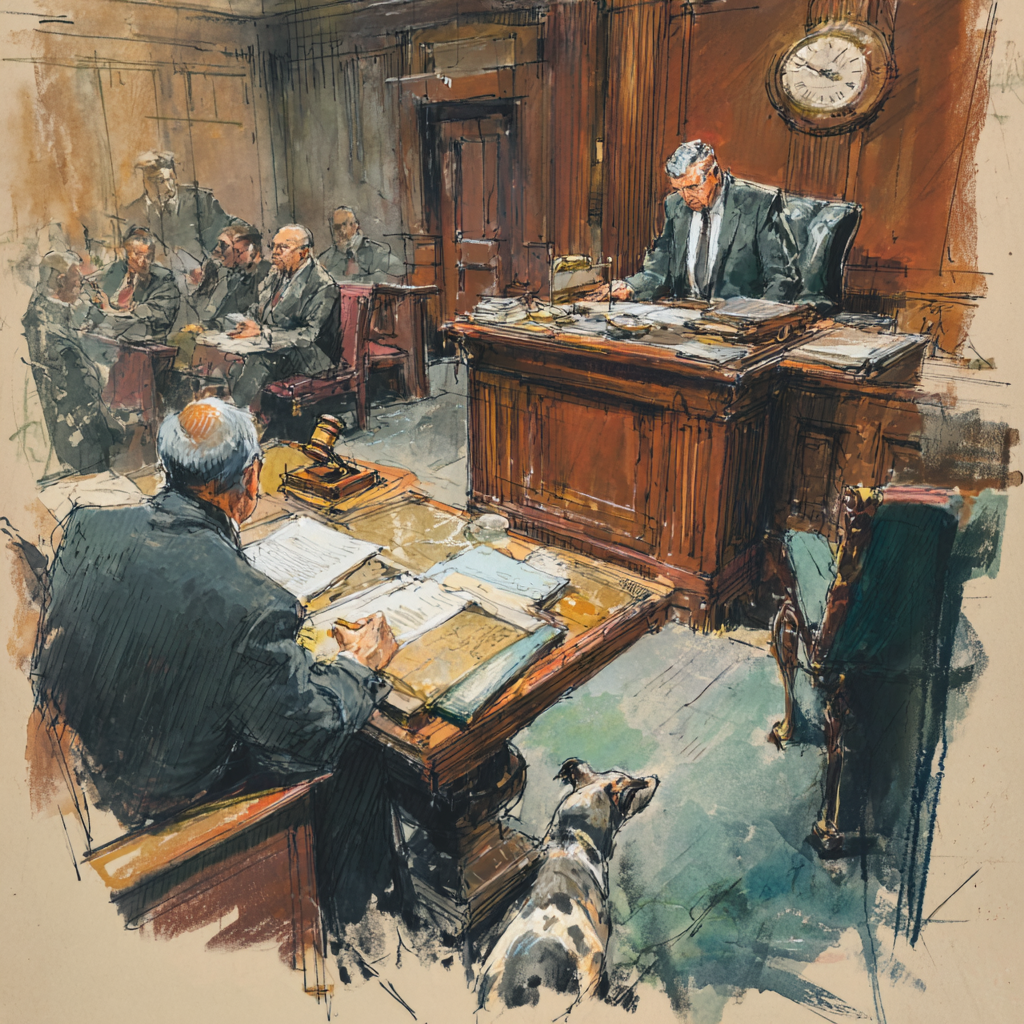Matter of B.Z. Chiropractic, P.C. v Allstate Ins. Co., 2021 NY Slip Op 04484 (2d Dept, 2021)
I will summarize this. Case started as a pre 2002 reg change no-fault matter in Civil Court. Provider obtained summary judgment, which during the Mary Immaculate and contemporary medical days was not too difficult. The law as it stands today makes it almost legally impossible for a provider to ever obtain full summary judgment – that does not mean Civil Courts routinely get it wrong – but that is a different story.
Provided waited a series of years before entering a judgment. Provider in 2005 enters a judgment. Provider in 2015 demands full compounded interest on judgment.
Allstate moves to have period of summary judgment to initial judgment “tolled’. Civil Court agrees with Allstate and strikes interest until judgment is entered. Appellate Term reverses but then says in “dicta” that the rate of interest in 9% after judgment is entered. BTW – trivia questions to the no-fault lifers – when was the other time the Appellate Term set forth explicit dicta in a decision? You will have to go back about 15 years or so.
Provider seeks leave to appeal and is denied by the App. Term and Second Department.
Provider goes to Supreme Court, filed a hybrid Article 52 turnover and declaratory action, and wins the plenary portion of the action. Allstate Appeals and loses big
Shout out to my friend and often adversary when he was in the no-fault rain-forest Amos Weinberg. I think Amos finally got his vindication when the Court said the following:
“Allstate argues on appeal that BZ’s commencement of a declaratory judgment action in the Supreme Court was merely a guise to make an end run around the Appellate Term determinations in the Civil Court action. As discussed below, since the Supreme Court had the authority to entertain the issue of postjudgment interest in an action for a declaratory judgment, and since the Appellate Term’s discussion of the applicable rate of interest was merely “advisory,” BZ’s filing, rather than representing an end run, may instead be viewed as good lawyering under the unusual circumstances of the parties’ procedural history.”
Anyway, the Court finds that Civil Courts order was not collateral estoppel or law of the case. The Appellate Term was politely warned to avoid dicta that can cause chaos. But the important issue: what is the post-judgment rate of interest on no-fault cases? It is 2% per month:
“As a general matter, the language of general statutes are to yield to the language of specific ones (see McKinney’s Cons Laws of NY, Book 1, Statutes § 238; Matter of Ford v New York State Racing & Wagering Bd., 107 AD3d 1071, 1078, affd 24 NY3d 488; J.N. Futia Co. v Schenectady Municipal Hous. Auth., 33 AD2d 591). In any event, CPLR 5004 expressly provides that “[i]nterest shall be at the rate of nine per centum per annum, except where otherwise provided by statute” (emphasis added), allowing for the recognition of statutes that may control certain interest calculations in more narrowly-defined areas of law.
Insurance Law § 5106(a) provides, in relevant part, that “[p]ayments of first party benefits and additional first party benefits shall be made as the loss is incurred[,] [s]uch benefits are overdue if not paid within thirty days after the claimant supplies proof of the fact and amount of loss sustained[,] . . . [and] [a]ll overdue payments shall bear interest at the rate of two percent per month” (see Insurance Law § 5106[a]; New York & Presbyt. Hosp. v. Allstate Ins. Co., 30 AD3d 492, 494). Under former 11 NYCRR 65.15(h), which was in effect at the time of the underlying accident in 1999, “[a]ll overdue mandatory and [additional] personal injury protection benefits due an applicant or assignee shall bear interest at a rate of two percent per month, compounded and calculated on a pro rata basis using a 30-day month” (see Matter of Medical Socy. of State of N.Y. v Serio, 100 NY2d 854, 871; Cardinell v Allstate Ins. Co., 302 AD2d 772, 774; Smithtown Gen. Hosp. v State Farm Mut. Auto. Ins. Co., 207 AD2d 338, 339). The regulation was recodified as of April 5, 2002, as 11 NYCRR 65-3.9, so that more recent decisional authorities refer to the recodified number. The objective of the statute and regulation is to assure the prompt and full payment of economic claims, with the infliction of a monetary sanction or penalty on those insurers which do not comply (see Matter of McKenna v County of Nassau Off. of County Attorney, 61 NY2d 739, 742; East Acupuncture, P.C. v Allstate Ins. Co., 61 AD3d 202, 210; Cardinell v Allstate Ins. Co., 302 AD2d at 774). Insurance Law § 5106(a) and former 11 NYCRR 65.15(h), which were specific directives, supersede the interest provisions contained in CPLR 5004, the more general statute (see Smith v Nationwide Mut. Ins. Co., 211 AD2d 177, 181; Matter of McMillan [Unionamerica Reins. Co.], 70 AD2d 659, 659; Matter of Government Empls. Ins. Co. [Lombino], 57 AD2d 957, 959; Aetna Cas. & Sur. Co. v Whitestone Gen. Hosp., 142 Misc 2d 67, 70 [Sup Ct, New York County]).
Insurance Law § 5106(a) and former 11 NYCRR 65.15(h) directly apply to the dispute and judgment in controversy in this action. Accordingly, the Appellate Term’s advisory opinion in the decision and order dated August 18, 2017, and the decision and order on motion dated December 14, 2017, that the postjudgment interest here was governed by CPLR 5004, was incorrect on the law. To the extent that opinions from the Appellate Term provide otherwise as to the proper rate of interest, they generally should no longer be followed in applicable instances.”
And as was said after Tommy Devito was killed after taking out made man Billy Batts “And that’s that”.









